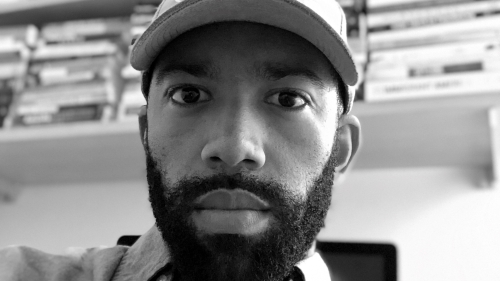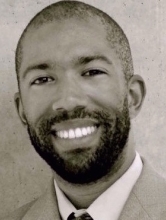
“More than six decades after Brown v. Board, schools remain segregated in much the same way, but also in novel ways,” writes Sean Drake in “The Segregation of ‘Failures': Unequal Schools and Disadvantaged Students in an Affluent Suburb,” published in the Journal for Students Placed at Risk (JESPAR).
Drawing on ethnographic fieldwork and 122 in-depth interviews with students, parents, and faculty at two field sites, Drake shows how the hidden institutional practice of segregating low-performing students in a middle-class school district in an affluent Southern California adversely affects black, Latinx, and working-class students.
In his two-year study, Drake learned that Pinnacle High School, an elite, flagship high school, known for its competitive, high achieving academic culture, pressured students who fell behind academically, to attend Crossroads High School, an austere, prison-like, continuation school where punitive school policies and police surveillance tactics were the norm.
These discreet, yet distinct, policies and practices in these California public school districts, place black, Latinx, and lower-income students at risk.
Drake explains that the environment at Crossroads is a function of a system created to give struggling students an opportunity to earn course credits toward graduation as easily as possible. For that reason, the social aspect of high school is absent, which is “problematic because its students want more resources and activities.”
Some students did succeed at Crossroads, but many suffered academic setbacks and lowered self-esteem, experiencing themselves as “deviant failures” rather than struggling students. In the end, Pinnacle High School gained the most from the transfer of students, because, by omitting low performers, it raised its academic profile and kept its reputation as a high-performing school intact.
Drake’s findings show the flaws of a system that supports exceptional academic achievement among Asian and white students while, at the same time, reifying failure among black and Latinx students.
“These discreet, yet distinct, policies and practices in these California public school districts, place black, Latinx, and lower-income students at risk,” Drake said.

